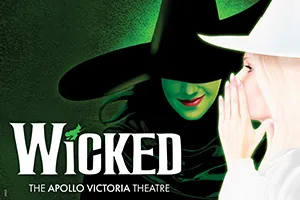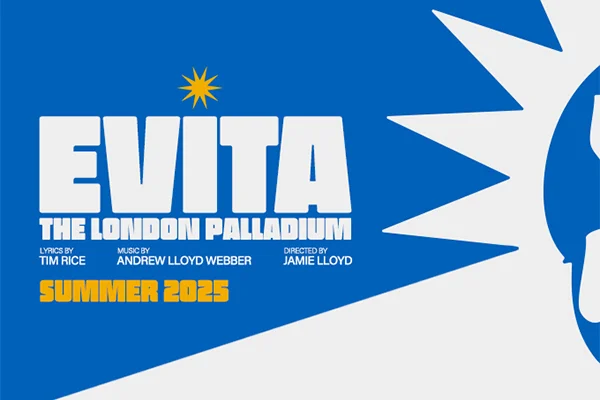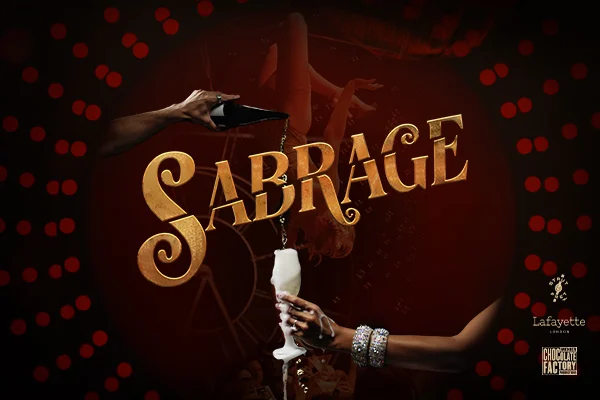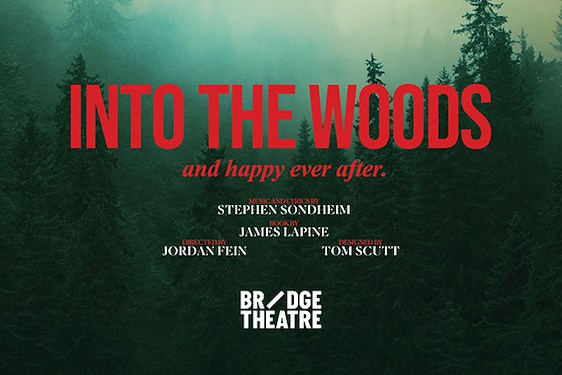With a capable choir, a proficient orchestra and a perfect acoustic, it would be difficult to get Fauré’s well-loved Requiem wrong. In Old St Paul’s Episcopal Church, with candles lining every available ledge around the walls and the smell of incense thick in the air, Vincent Wallace led St Andrew’s Camerata in an arrangement that was imperfect but still strikingly beautiful.
The evening began with a very slowly-paced rendition of Cantique de Jean Racine. The diction was good, while the voices in the choir blended enchantingly. An unnecessary rubato in the middle of the piece was distracting, while the tempo seemed almost funereal at times. The only reason to justify this would have been an unfavourable acoustic, but this was not the case.
Next was the Requiem itself. The atmosphere in the church became prayerful as the Introit began, and the choir watched Wallace intently. Many moments were delicately handled: in particular, the Sanctus conveyed a beautiful dreaminess ending in a glorious, punchy ‘Hosanna’. The Pie Jesu was backed sensitively by the small orchestra and the soloist, though shaky to start with, had a pure, unassuming voice. The baritone soloist for the Offertoire and Libera Me, Sean Webster, had a lovely vibrato that, likewise, never attempted to exceed the bounds of the music.
However, there were weak points. Most notably, the altos’ singing in the Offertoire became very flat after just a few unaccompanied moments and this problem reared its head again in the Agnus Dei. The arrangement of the work also contained alterations that didn’t always fit. At the end of the Kyrie, the final ‘eleison’ was separated into staccato syllables, which felt highly stylised and jarred with the grave music. Libera Me’s punchy horn sounded like a Judgement Day fanfare, but apart from this the piece never conveyed the theatricality inherent in the music, preferring a lacklustre, understated approach.
Agnus Dei and In Paradisum felt too slow. The latter should be light and airy but was blighted by slow pacing. This was a funeral mass but the tempo here might have had even the dead tapping their watches. Instead of adding any poignancy, the slow speed made these gorgeous pieces feel drawn out and heavy.
The performers themselves seemed to want to speed up during the In Paradisum. The organ constantly being pulled back by Wallace was very obvious, with its trios of percussive notes alternating between too fast and too slow. It was a shame that the heavenly feel of the piece kept being dragged back down to earth, but Fauré’s gorgeous writing at the moment of ‘Jerusalem’ still shone through.
A couple of unaccompanied pieces by Gounod at the end of the Requiem felt superfluous but gave the choir the opportunity to show off their talents further. The audience draw was the Requiem, which was beautiful, and the candlelit church added to the atmosphere of the music. However, sometimes even Fauré’s airy melodies failed to save this performance from the mire.



















